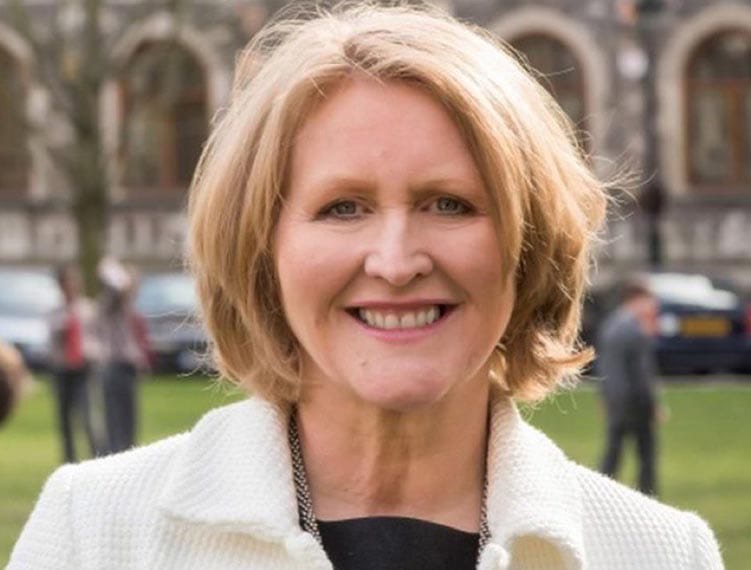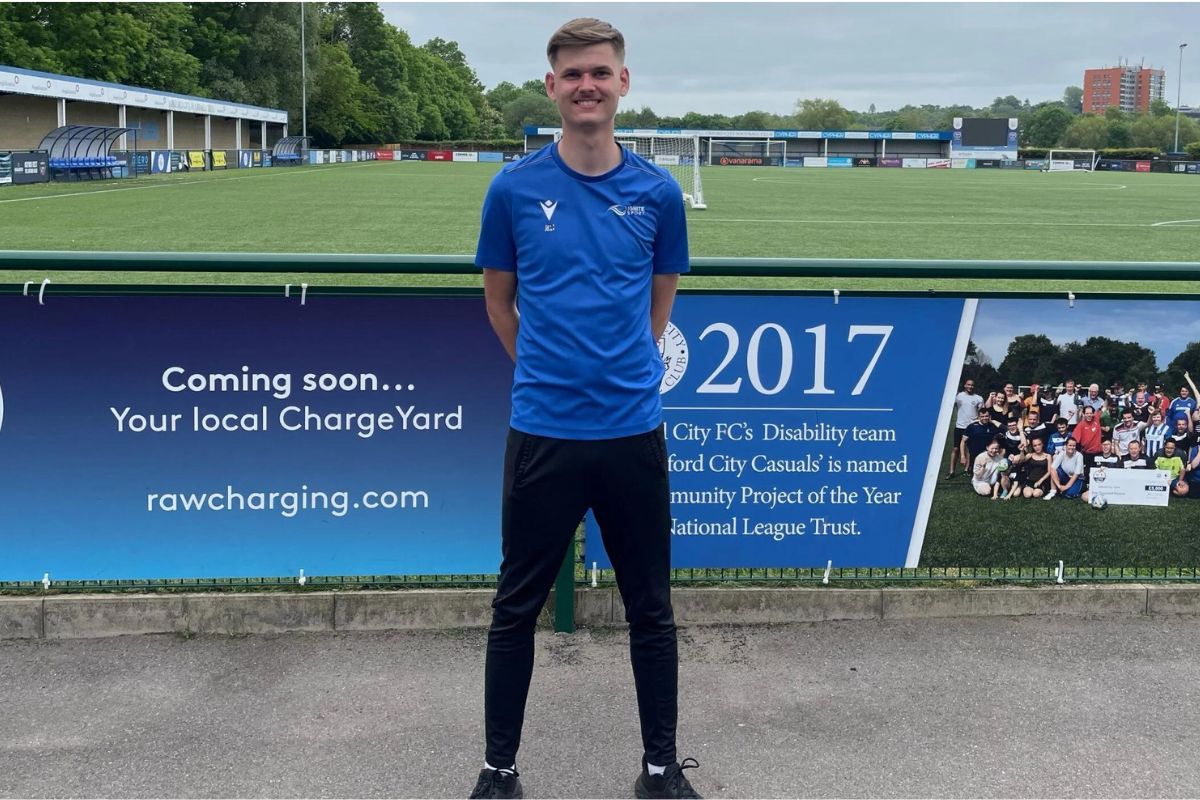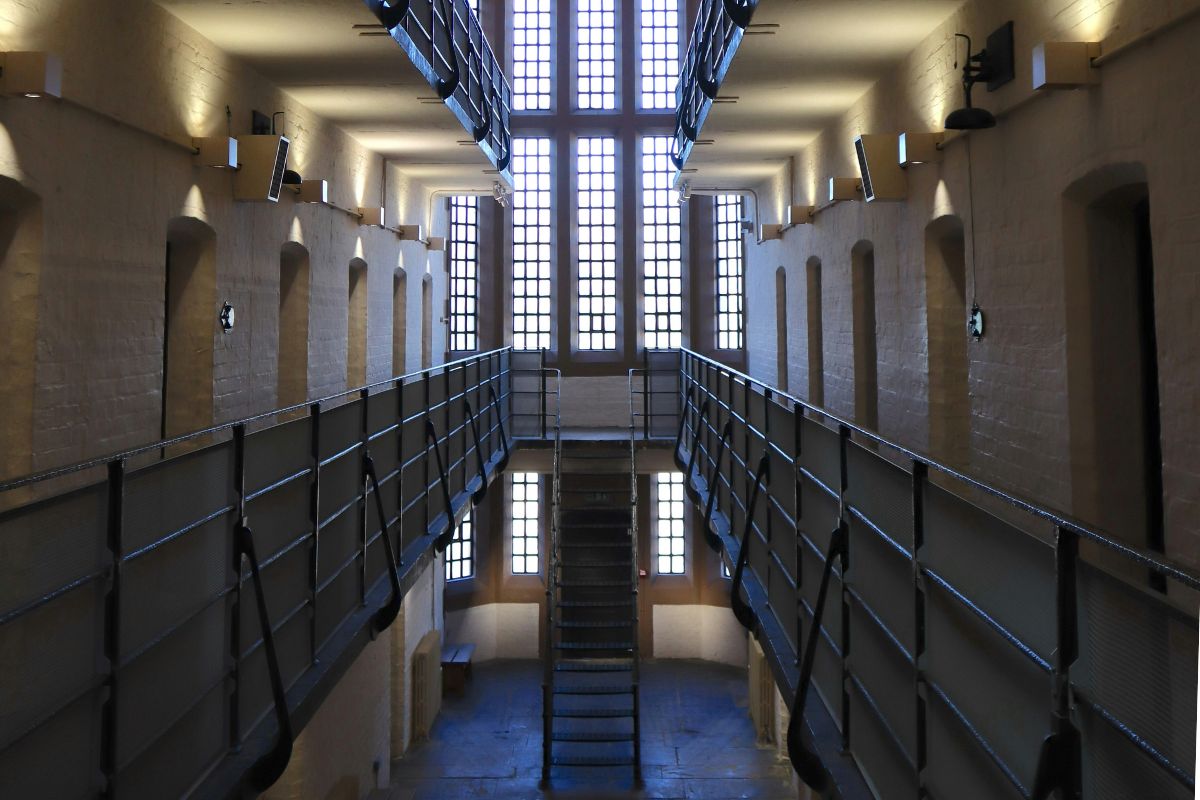Children’s Commissioner for England calls for radical ‘Scandinavian-style’ reforms to youth justice system

Anne Longfield, Children’s Commissioner for England, is today (Tuesday) publishing a report shining a light on the youth justice system in England.
The report, “Injustice or In Justice: Children in the Justice System”, calls for a radical approach to preventing children becoming involved in crime and turning children’s lives around when they have spiralled out of control.
It urges Government to put more resource into stopping gangs from exploiting vulnerable children, into identifying children at risk of getting involved in crime and diverting them away from that path, into reducing the numbers of children in custody to an absolute minimum and into transforming secure care for children so that rehabilitation is at its heart.
- Report by the Children’s Commissioner urges Government to put more resource into stopping gangs from exploiting vulnerable children as part of a plan to cut the number of children ending up in prison
- Anne Longfield warns an under-resourced system of child protection is letting down thousands of children before they ever set foot inside a police station
- Children’s Commissioner calls for a ‘Scandinavian style’ joined-up, child-focused system for children who need to be held in secure units
The report welcomes the reduction in the numbers of children caught up in the criminal justice system. Over the last decade the number of children receiving a caution or sentence has fallen by 83% and the number of children in custody has fallen by 73%. However, it questions why there are still hundreds of children ending up in our courts and prisons when by comparison in 2015 there were only 13 children aged 15-17 in prison in the whole of Sweden, Norway, Iceland, Finland and Denmark combined. Locking these children up is not helping to stop crime. In England, 7 in 10 children released from custody reoffend within a year.
The report warns that an under-resourced and fragmented system of child protection is letting down thousands of children before they ever set foot inside a police station. It shows how over half of children sentenced are currently or have already been a ‘Child in Need’, 7 in 10 have identified mental health needs and 85% of boys in young offender institutions have previously been excluded from school. When compared to their peers, children in residential care are at least 13 times more likely to be criminalised.
The Children’s Commissioner argues in the report that at every stage of a child’s journey through the criminal justice system, opportunities are being missed to get to the root causes of offending and that the system is failing to see the child first and the ‘offender’ second, reducing the opportunity for real change. This appears to be particularly true for Black children, who are over four times more likely to be arrested than White children. Despite accounting for only 18% of the general population, children from BAME backgrounds now make up almost half (49%) of the entire population of youth custody.
The report makes a number of recommendations for building on the gains of recent years, to further reduce the numbers of children going into custody including:
- A significant expansion of early help services, which can identify emerging issues and prevent problems from developing. This will require increased investment in mental health support, with a NHS trained counsellor in every school, levelling up on spending on speech and language therapy around the country, and an expansion of Troubled Families style intensive support to prevent children from reaching crisis point. A national plan should also be introduced to identify and provide support for additional needs in the Early Years.
- Investment in high quality support from youth workers able to work with children at risk in their community.
- Reform of the Alternative Provision sector in education to place greater focus on avoiding exclusions and which increases accountability on providers for the destinations of children excluded from mainstream settings.
- Raising the age of criminal responsibility to 14 years old, in line with the recommendations of the UN Committee on the Rights of the Child.
- Reforms to the court system to make it more child-friendly and address children’s health, welfare and education needs, putting more focus on wider determinants of offending rather than the symptoms.
- An ambition to reduce the number of children in custody. The MoJ should work with the DfE, Youth Justice Board and others to design evidence-based community sentences which work for children and reduce reoffending. This must be accompanied by investment in specialist placements for children remanded to local authority care when they are refused bail to their previous home, and support and intervention with children and their families for those awaiting trial.
- A national network of accommodation providers and youth organisations to provide support to children leaving custody. Such a network could tap into existing provision in children’s local areas, to find accommodation, education, and intensive support for children during their transition into the community, with links that begin during their time in custody.
- Restraint in youth custody settings should be reserved for incidents where it would prevent harm to a child themselves or to others. The Government must also present a clear plan for how they can implement the Separation Taskforce’s recommendations.
- Additional funding is required to ensure that there is sufficient staffing, and funding for youth work agencies in custody, to allow children more time out of their cells and access to activities.
- An urgent rethink of how we treat children who require secure care is needed. The current system arbitrarily separates children based on the legislation they are detained under, rather than focusing on their underlying needs or how best to treat and rehabilitate them. There needs to be an integrated system of secure care, with enough inbuilt flexibility to respond to children’s needs as they evolve and which provides a greater degree of rehabilitation. There must be adequate accommodation to provide safe and supportive environments for those vulnerable children who are diverted away from custody but may also have very high levels of complex needs.
Anne Longfield, Children’s Commissioner for England, said:
“For too long, ruthless criminals have been able to exploit gaps in the education and child protection system to exploit and criminalise vulnerable children. Tackling the scourge of serious violence requires a radical change in how we view the youth justice system.
“Significant progress has been made in keeping children out of custody in the last ten years, but much more needs to be done. There are still too many children being sent to prison and still too many children who are set up to fail when they leave custody because not enough is being done to find them the right place to live or to get them the treatment or education they need on release.
“We should look at why Scandinavian countries have so few children in custody and raise our own expectations to match them.
“That will mean stopping gangs from exploiting vulnerable children, identifying children at risk of getting involved in crime and diverting them away from that path, reducing the numbers of children in custody to an absolute minimum and transforming secure care for children so that rehabilitation is at its heart.
“I believe all of this is achievable if the will is there to do it. The number of children in custody in this country is only half the size of a secondary school. It should not be beyond us to improve our justice system so that children involved in the criminal justice system are recognised as children first. They should be held to account for their crimes but also kept safe and given more help to turn their lives around.”











Responses